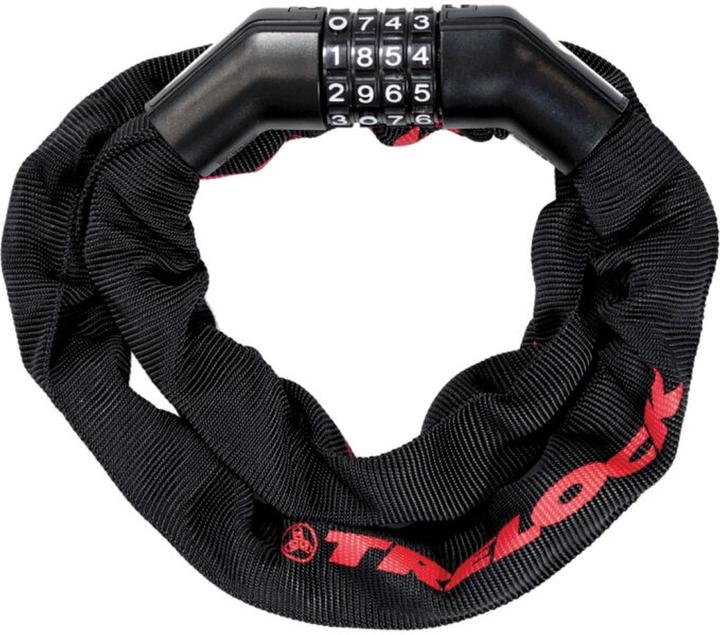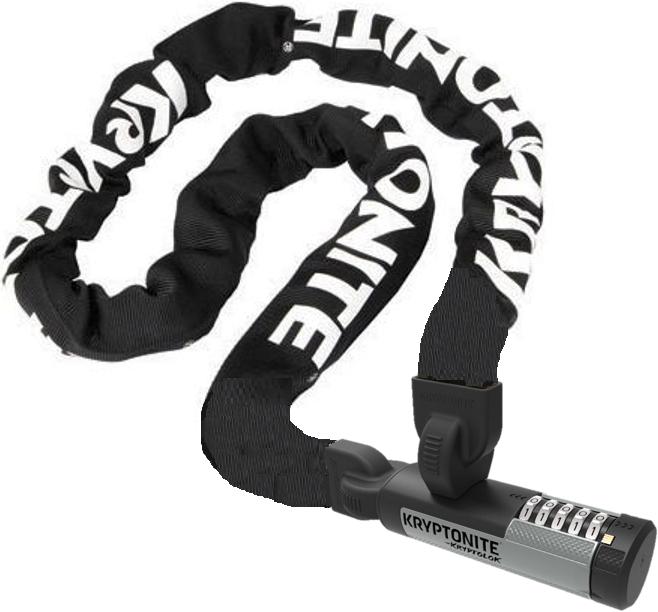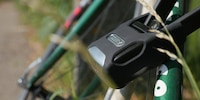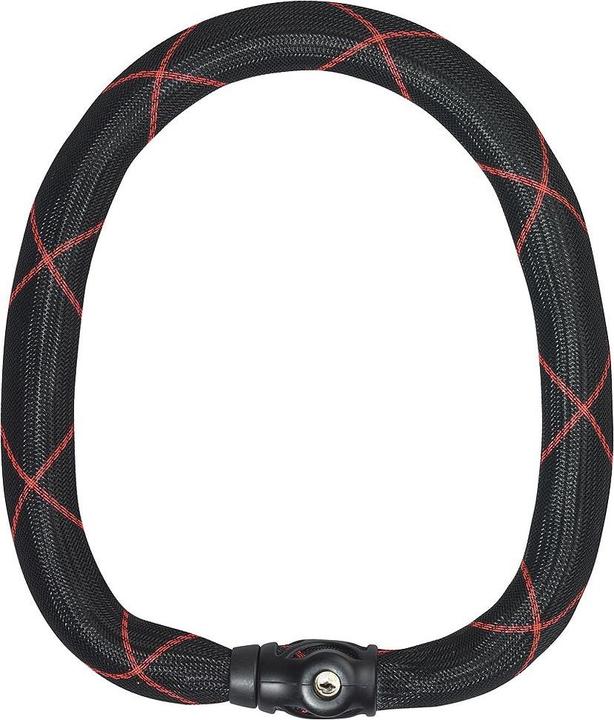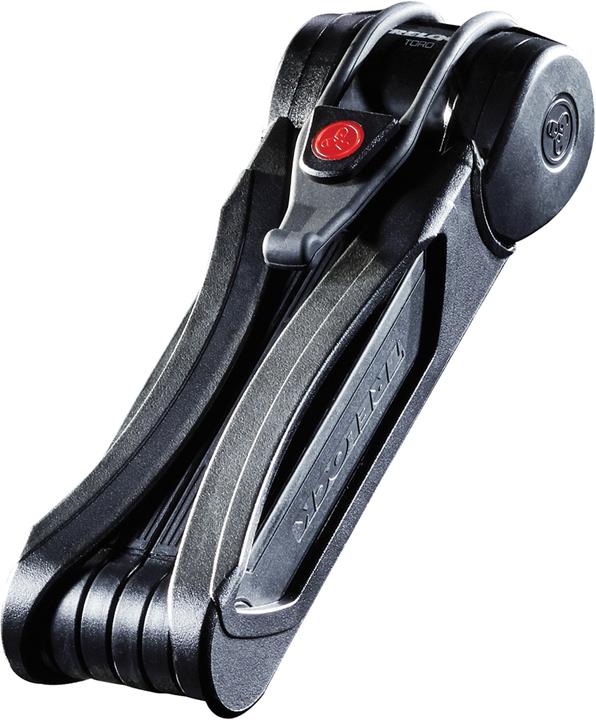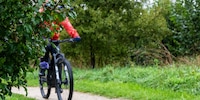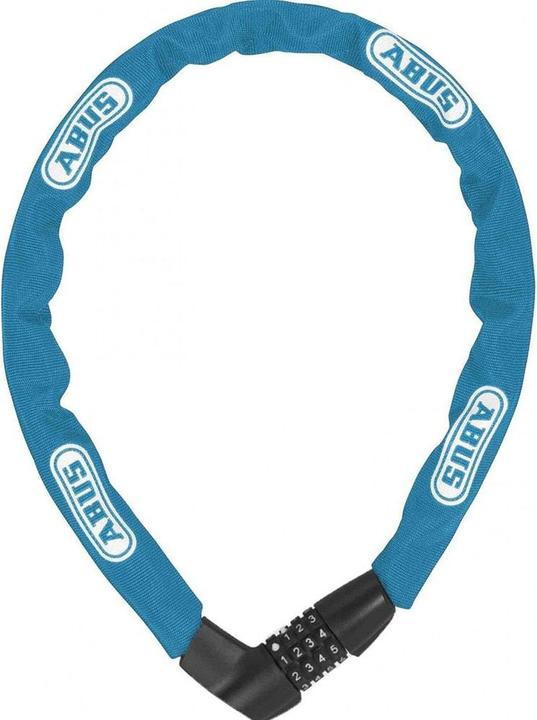
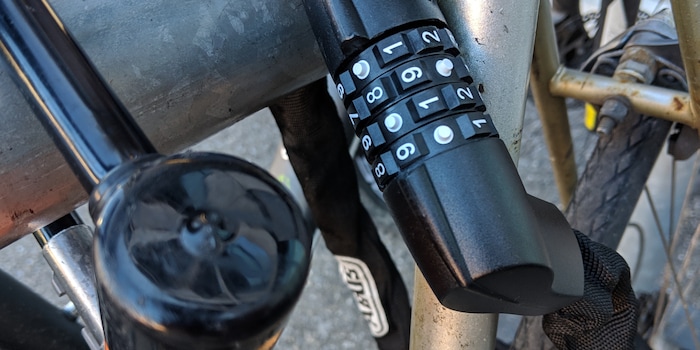
Combination locks fail the Kassensturz test
In the worst case scenario, you won't know what your bike lock can really withstand until it's too late. In collaboration with a testing institute and a lock-picking association, "Kassensturz" cracked 10 models - and gave combination locks in particular a bad report card. The test winner stood up to everything.
You are probably happy with your bike lock as long as you can find your bike where you locked it. And you are probably aware that a lightweight spiral or chain lock is less of a threat to bolt cutters than solid U-locks or folding locks. When making your purchase decision, you will probably consider the value of your bike, ask yourself what length you need and whether your lock needs to be flexible or not. The choice between key and combination locks rounds off the basic considerations. Many of our customers then end up with the Abus Tresor 1385, and that's understandable at first glance.

It is almost universally well rated, the owners are obviously satisfied with it and praise the workmanship and durability. Finding the key is also not a topic with a combination lock. In addition, it was the best chain lock that "Stiftung Warentest" examined in 2013. It received top marks for durability and a satisfactory rating for break-open resistance. All in all, what you would expect from a lock in this class. Or not? In the current Kassensturz test, the model fails the test with a rating of "unsatisfactory" (3.1).
The Kassensturz evaluation criteria
- Protection against violent theft (40%)
- Protection against non-violent break-in (40%)
- Handling (20%)
Pick combination locks easily
None of the four locks with a combination code tested were convincing; all of them were picked without violence within minutes by members of the "Sportsfreunde der Sperrtechnik" association. The specialists had the least trouble with the Trelock BC 360 (poor/2.4). The Kryptolok 990 (sufficient/4.2) was the best of the combination locks, as it was the only one to withstand bolt cutters and cold spray in combination with hammer blows and therefore at least offered good protection in the event of violence.
You won't find the Burgwächter 280 C90 (insufficient/3.4) in our range.
The "good" locks tested
1st place: Abus Bordo Alarm 6000A (good/5.4)
The Abus Bordo Alarm 6000A was the only lock that was not picked by any of the lockpicking experts. The folding lock with additional alarm function also withstood bolt cutters and cold spray, but like all models, it didn't stand a chance against the angle grinder. Here it was a question of the time required to cut the lock. At 7 and 18 seconds respectively for two attempts, it is also in the better range.
2nd place: B'Twin 900 L (good/5.2)
The second best lock tested is called B'Twin 900 L and is available from Decathlon for 40 francs. Only one of the professional pickers managed to open the lock, taking a whole 12 minutes and 30 seconds.
3rd place: Kryptonite Evolution Series 4 1090 (good/5.0)
One of the three experts failed the Kryptonite Evolution Series 4. The other two, at 6:30 and 9:15 minutes respectively, were busy long enough to give it a good rating. It couldn't be cracked with a hammer, cold spray and bolt cutters.
4th place: Abus Ivy 9100 (good/4.8)
The Ivy 9100 comes in a close second with similar properties. However, the two successful lock pickers needed less time here, at 4:10 and 4:30 minutes respectively.
These locks were opened the fastest
Permit locks generally performed poorly. But is a key automatically better? No. The Trelock FS 500/90 withstood violent attempts well, but the lockpicking experts only needed an average of ten seconds to open the lock.
The BBB Powerlink 1000, which is not available from us, was even faster with an average of five seconds and was also rated the worst in terms of protection against forced theft.
Further lock knowledge
Almost all manufacturers have their own security scale. Trelock recognises security levels from 1-6, Abus from 1-15, Kryptonite from 1-10, and so on and so forth. This is difficult to compare and the manufacturer's categorisation does not always correspond to reality. That's why independent tests such as those tested in "Kassensturz" are so valuable. If the lock is easy to pick without force, the thickest steel shackle is of little use. But of course, different locks have advantages and disadvantages depending on their design.
Cable locks and spiral locks are lightweight, flexible and fit around any tree or through the fence at the appropriate length. They usually only provide basic protection, but can be a good additional security measure.
Chain locks are also flexible and, depending on the design, provide medium to good protection for which you have to accept additional weight.
Folding locks offer a compromise between security and flexibility and are easy to transport in the corresponding holder. With a rubber coating, they won't scratch your frame either. The main negative is the high weight.
Hook locks are far ahead in terms of safety, but are inflexible and heavy. You need a suitable parking space so that you can not only lock your bike, but also unlock it.
Simple writer and dad of two who likes to be on the move, wading through everyday family life. Juggling several balls, I'll occasionally drop one. It could be a ball, or a remark. Or both.
Practical solutions for everyday problems with technology, household hacks and much more.
Show all